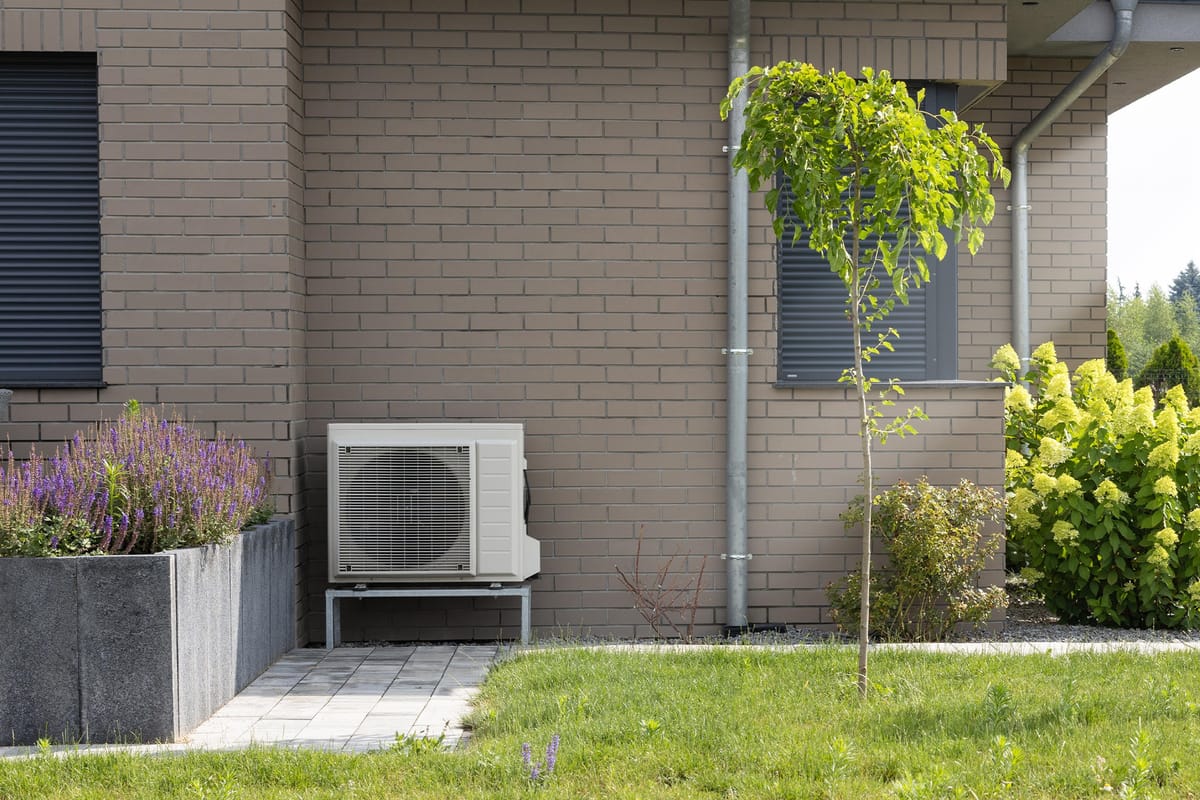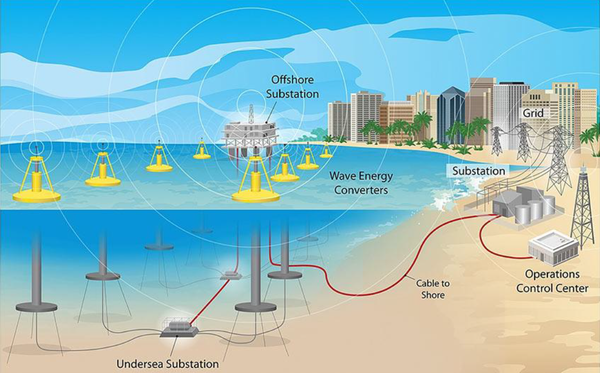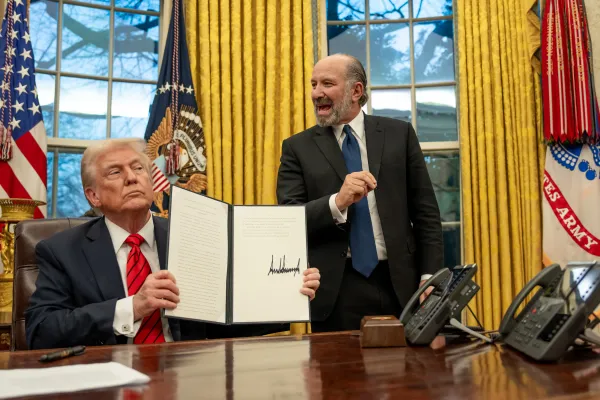Here’s how Colorado is requiring gas utilities to reduce their emissions
Regulators just approved a landmark Clean Heat Plan for Colorado’s second-largest gas utility.

Quitting Carbon is a 100% subscriber-funded publication. To support my work, please consider becoming a paid subscriber or making a one-time donation.
Four years ago, Colorado Governor Jared Polis (D) signed the nation’s first “clean heat” law. Gas distribution utilities in the state, including gas-only utilities, were required to develop Clean Heat Plans to reduce their greenhouse gas emissions by 22% from 2015 levels by 2030.
Last May, the Colorado Public Utilities Commission (PUC) approved the first such plan for Xcel Energy, the state’s dominant investor-owned electric and gas utility. Last month, in another first, the PUC approved the Clean Heat Plan (CHP) for a gas-only utility, Black Hills Colorado Gas.
Black Hills’ plan includes a budget of $18.3 million through 2027, with most of the funding allocated for electrification and energy efficiency measures that will help customers use less fossil gas. The PUC required Black Hills to offer beneficial electrification – i.e. replacing direct fossil fuel use with electricity in a way that reduces overall emissions and energy costs – rebates to all customers.
The PUC ruling was a milestone.
“There are a few gas utilities in the country that run electrification programs voluntarily – Vermont Gas and Dominion Energy in Utah. But as far as I know, this is the first time in the U.S. that a gas-only utility has been required to run an electrification program,” Justin Brant, utility program director at the non-profit Southwest Energy Efficiency Project (SWEEP), told me in an interview.
SWEEP testified in support of stronger electrification and energy efficiency provisions in Black Hills' Clean Heat Plan proceeding before the PUC.
Lowest-cost resources
Colorado’s clean heat law (SB 21-264) gives gas utilities flexibility to achieve the mandated emissions reduction targets.
Clean Heat Plans can include a mix of supply-side resources that replace traditional fossil gas and demand-side resources that reduce gas consumption. Approved “clean heat resources” include energy efficiency, recovered methane, green hydrogen, and beneficial electrification. Gas utilities can propose a mix of clean heat resources but “state law requires that utility plans be of the lowest reasonable cost.”
“With Xcel's [Clean Heat Plan], the PUC found that electrification, as well as energy efficiency, were the two low-cost options to reduce emissions for a gas utility. And they reaffirmed that based on a bunch of information that we provided in the Black Hills proceeding,” Brant told me.
“Offering beneficial electrification rebates, in addition to existing demand-side management rebates, offers customers a choice to mitigate their overall gas usage, while still remaining on the gas system, and provides another viable pathway to compliance with the Clean Heat Statute,” the PUC wrote in a decision on Black Hills’ Clean Heat Plan issued on February 12.
2030 emissions reduction target
Colorado’s gas utilities must file updated emissions reduction plans every four years – which means utilities will file just one more plan before the 2030 target. Time is running short.
Xcel Energy’s Clean Heat Plan included a $440 million budget through 2027, with most of that funding set aside for building electrification and energy efficiency measures that are expected to reduce greenhouse gas emissions by up to 725,000 tons annually. With this additional funding, Xcel Energy increased its electrification and energy efficiency customer incentives, including for cold-climate heat pumps, on January 1 of this year.
Brant says Colorado’s gas utilities will likely have to invest more to reduce their emissions by 22% by 2030. The gas utilities’ Clean Heat Plans are supposed to raise customers’ bills by no more than 2.5%, with conditions.
“What we've learned with the plans is we need to go well above the cost cap in the legislation of two and a half percent,” says Brant. “For Xcel, the commission approved a plan with spending well in excess of that cost cap.”
“Of the plans that have been approved, Xcel's is the only one that puts the utility anywhere on track to meet the 2030 target,” he says.
In responses submitted to the PUC as part of the Black Hills Clean Heat Plan proceeding, the Colorado Energy Office said the utility’s large growth in gas sales since 2015 makes it difficult to meet its 2030 clean heat target at a reasonable cost.
Nevertheless, the Colorado Energy Office said it is “optimistic that by the next CHP filing in 2027, the company will have developed more cost-effective paths towards meeting its 2030 clean heat targets based on the initial efforts undertaken as a result of this CHP.”
Brant says the expanded availability of government and utility incentives is boosting the market for clean heating solutions in Colorado.
“With the Xcel money and all the state and local government money, we had been expecting a billion dollars for electrification in the state in the next three years,” he says. “There's now a lot of questions around the future of the federal funds we've been counting on.”
“But again, with the Xcel money, we probably have some of the most generous electrification incentives that we know of in the country. So, this is a really big year to see if we can start to transform that market for heating and cooling.”
Thermal energy networks
Black Hills’ approved Clean Heat Plan also included funding to study the feasibility of thermal energy networks*. These networks, underground thermal loops that connect buildings in a district system and can be sited in existing gas pipeline rights-of-way, are now being piloted in Massachusetts and are under study in a handful of states including Colorado.
The Black Hills feasibility study is to include an analysis of potential sites and outreach to stakeholders to discuss potential projects.
In comments submitted to the PUC, the Colorado Energy Office highlighted “that thermal energy service presents an opportunity for Black Hills to begin to ‘bend the curve’ on emissions and can help a gas utility retain its customers and reduce emissions,” according to the PUC.
“There's definitely a lot of interest in thermal energy networks in the state,” says SWEEP’s Brant. “Last year, we passed a bill [HB 24-1370] looking at neighborhood decarbonization projects.”
“That legislation includes a pathway for when the commission could relieve the obligation to serve for a gas utility if you can't get full consensus around a project, assuming it has utility and local government support.”
*For a comprehensive overview of both thermal energy networks and neighborhood decarbonization projects, read my recent Q&A with the Building Decarbonization Coalition’s Beckie Menten.




